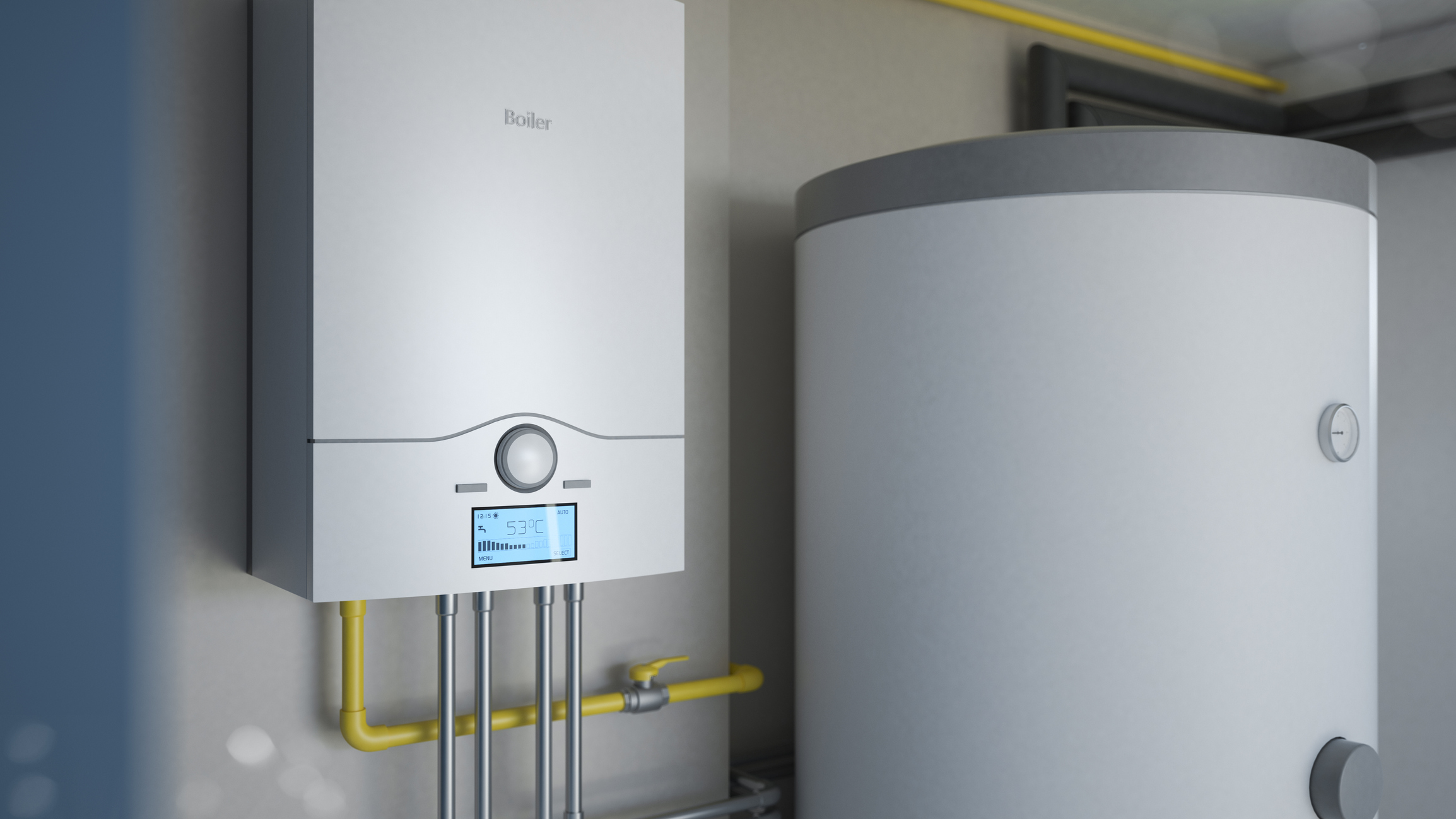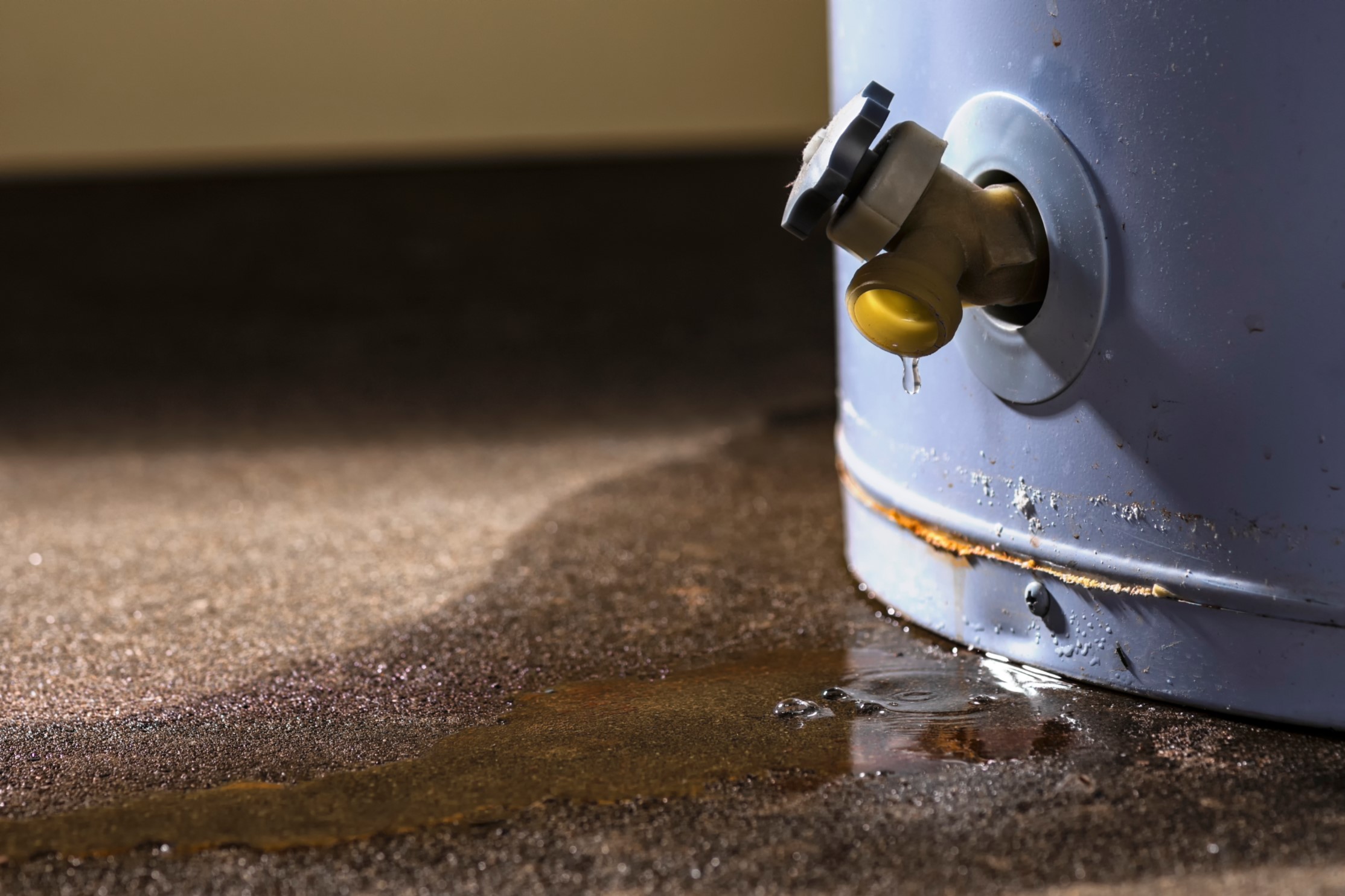Maintaining Your Home's Hot Water System: Important Tips
Maintaining Your Home's Hot Water System: Important Tips
Blog Article
This article which follows in relation to How to Maintain a Hot Water Heater in a Few Simple Steps is unquestionably entertaining. Don't skip it.

Warm water is vital for daily comfort, whether it's for a revitalizing shower or washing dishes. To guarantee your hot water system runs effectively and lasts longer, normal maintenance is vital. This short article provides functional tips and understandings on how to maintain your home's warm water system to avoid disturbances and costly fixings.
Introduction
Maintaining your home's warm water system might appear challenging, however with a few basic steps, you can guarantee it operates efficiently for many years to come. This guide covers every little thing from comprehending your hot water system to do it yourself maintenance tips and recognizing when to contact professional assistance.
Significance of Keeping Your Warm Water System
Regular upkeep not only expands the life expectancy of your hot water system however additionally guarantees it operates successfully. Neglecting upkeep can result in lowered effectiveness, higher power bills, and also premature failing of the system.
Signs Your Warm Water System Requirements Upkeep
Knowing when your hot water system requires interest can protect against major concerns. Look out for indicators such as inconsistent water temperature level, weird noises from the heating system, or rusty water.
Recognizing Your Hot Water System
Prior to diving into maintenance jobs, it's valuable to recognize the basic parts of your hot water system. Normally, this includes the water heater itself, pipelines, anode rods, and temperature level controls.
Month-to-month Maintenance Tasks
Normal monthly checks can assist capture minor problems prior to they escalate.
Purging the Hot Water Heater
Flushing your hot water heater removes sediment build-up, improving effectiveness and lengthening its life.
Checking and Replacing Anode Rods
Anode poles protect against corrosion inside the storage tank. Evaluating and replacing them when worn is critical.
Inspecting and Adjusting Temperature Setups
Readjusting the temperature level setups ensures ideal efficiency and safety and security.
DIY Tips for Maintenance
You can do numerous maintenance tasks yourself to maintain your warm water system in leading condition.
Checking for Leaks
On a regular basis check pipelines and links for leaks, as these can result in water damages and greater bills.
Evaluating Pressure Alleviation Valves
Checking the stress safety valve ensures it functions correctly and avoids excessive pressure accumulation.
Protecting Pipelines
Shielding warm water pipelines lowers warmth loss and can conserve power.
When to Call a Specialist
While do it yourself upkeep is beneficial, some issues require professional knowledge.
Complex Issues Requiring Professional Help
Examples consist of significant leakages, electric troubles, or if your hot water heater is continually underperforming.
Regular Specialist Upkeep Advantages
Professional maintenance can consist of thorough inspections, tune-ups, and making certain conformity with safety standards.
Verdict
Routine maintenance of your home's warm water system is vital for performance, durability, and cost financial savings. By complying with these tips and recognizing when to seek specialist assistance, you can guarantee a reliable supply of hot water without unexpected interruptions.
How to Maintain an Instant Hot Water Heater
Before tinkering with your hot water heater, make sure that it’s not powered on. You also have to turn off the main circuit breaker and shut off the main gas line to prevent accidents. Also turn off the water valves connected to your unit to prevent water from flowing into and out of the appliance. 2. When you’re done, you have to detach the purge valves’ caps. These look like the letter “T†and are situated on either side of the water valves. Doing so will release any pressure that has accumulated inside the valves while at the same time avoid hot water from shooting out and burning your skin. 3. When the purge valves’ caps are removed, you have to connect your hosing lines to the valves. Your unit should have come with three hoses but if it didn’t, you can purchase these things from any hardware or home repair shops. You can also get them from retail stores that sell water heating systems. Read the user’s manual and follow it to complete this task properly. When the hosing lines are connected, open the purge port’s valves. 4. You should never use harsh chemical cleaners or solutions when cleaning your unit. Make use of white vinegar instead. It should be undiluted and you’ll probably use about 2 gallons. 5. Now flush your water heater. This task should probably take about 40 minutes. We can’t give you specific directions for this because the procedure is carried out depending on the type, model and brand of your heater. With that being said, refer to the user’s manual. 6. When you’re done draining the unit, you have to turn off the purge port valves again. Remove the hosing lines that you earlier installed on each of the water valves. Put the valve caps (purge port) back in their respective places and be very careful so as not to damage the rubber discs that are found inside these caps. 7. Now that everything’s back in place, check your user’s manual again to find out how to reactivate your water heating system. 8. Once it is working, turn one of your hot water faucets on just to let air pass through the heater’s water supply pipes. Leave the tap on until water flows smoothly out of it. https://www.orrplumbing.com/blog/2014/september/how-to-maintain-an-instant-hot-water-heater/

I stumbled upon that piece about How to Maintain Your Water Heater & Prolong its Life while surfing around the web. Enjoyed reading our article? Please quickly share it. Help another person locate it. Bless you for your time. Kindly pay a visit to our blog back soon.
Course Detail Report this page